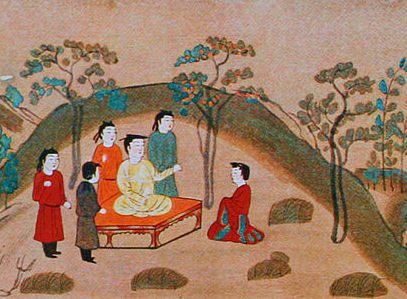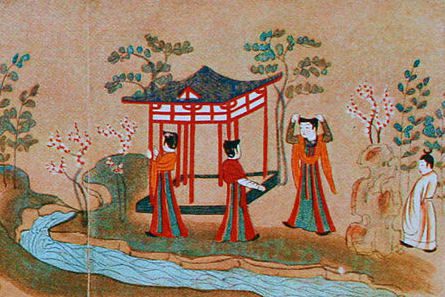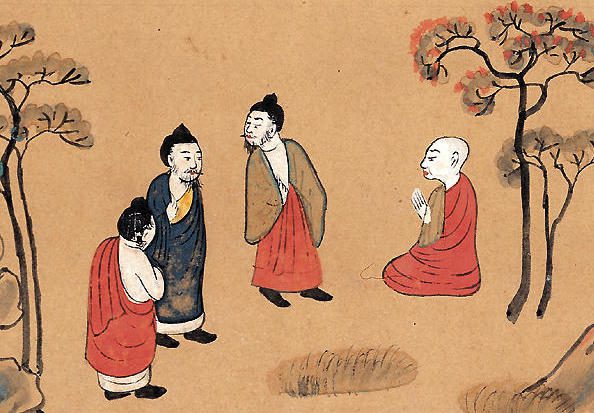Japan and Nara: Buddhist art of the eighth century
Lee Jay Walker
Modern Tokyo Times

Nara is the cradle of Japanese high culture that emerged in the eighth century. This concerns the Nara Period, which consists of the majority of the eighth century in the land of the rising sun. Therefore, Nara continues to attract internal and international tourists to this delightful city.
Buddhism is instrumental to the dynamics that shaped this period of Japanese history. Other central themes apply to the influence of China and Korea – and the legacy of Buddhism in India and Nepal that traveled this eastern route.

Tourists – secular and religious – have a plethora of holy places and cultural places to visit in the stunning city of Nara. Also, the Kasugayama Primeval Forest connects people to nature. Hence, tourists especially visit Gango-ji, Heijo Palace, Kasuga Shrine, Kofuku-ji, Saidai-ji, Todai-ji, Toshodai-ji, Yakushi-ji, and many other noteworthy places.
The Miho Museum, concerning the legacy of art during the Nara period – with sculpture holding sway – explains in-depth the art depicted in this article.

The Miho Museum says, “This Ingakyō sutra is a four-volume form of biography of Shakyamuni, the historical Buddha, translated in Chinese in the fifth century, and begins with the tale of how in a former life Shakyamuni was a religious practitioner known as Zen-ne and was taught by Fukō Nyorai (Dpamkara). From the karma of that lifetime, Shakyamuni was then reborn in this world as a Buddha. The sutra goes on to explain the historical Buddha’s life up until the conversion of Daikashō (Mahakasyapa). It is said to be in the sixth or seventh century that the sutra became an eight-volume biography with paintings on the upper register and was popular in the Tang dynasty. Originals from that period have not survived. At present, there are several extant Nara period versions of this Illustrated Sutra of Cause and Effect, made on the basis of such originals, including the Jōbon Rendaiji version, the Daigoji version (Hōon-in version), the Idemitsu Museum of Art version, the former Masuda Family collection version, and the Tokyo National University of Fine Arts and Music version.”
One can only imagine the timelessness of Buddhism and the fusions of Confucianism and Taoism that met the indigenous faith of Shintoism. Hence, if you close your eyes – one can imagine how Afghanistan, parts of Central Asia, and modern-day Pakistan once looked before countless Islamic invasions took the sword to Buddhism. Therefore, Nara is a window into the distant past of Japan – and into other parts of the world that succumbed to monotheism.

PLEASE DONATE TO HELP MODERN TOKYO TIMES
Modern Tokyo News is part of the Modern Tokyo Times group
DONATIONS to SUPPORT MODERN TOKYO TIMES – please pay PayPal and DONATE to sawakoart@gmail.com
http://moderntokyotimes.com Modern Tokyo Times – International News and Japan News
http://sawakoart.com – Sawako Utsumi personal website and Modern Tokyo Times artist
https://moderntokyonews.com Modern Tokyo News – Tokyo News and International News
PLEASE JOIN ON TWITTER
https://twitter.com/MTT_News Modern Tokyo Times
PLEASE JOIN ON FACEBOOK